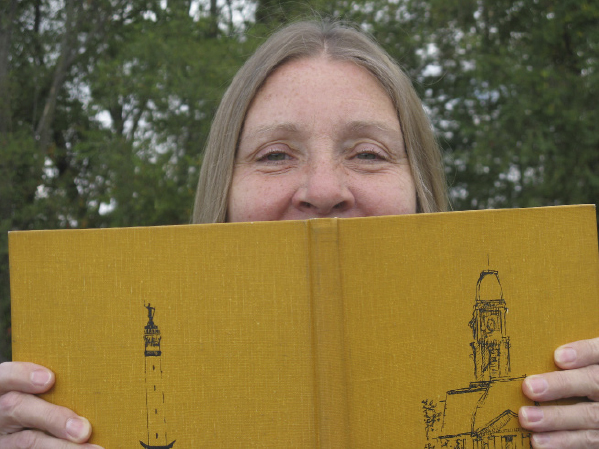Hamilton County’s Roads to Nowhere

If you’ve ever studied a map of Hamilton County, you can’t fail to notice this county has several roads that go nowhere.
Well okay, they actually do go SOMEwhere; they just don’t lead where you might expect because the communities for which they were named no longer exist.
In a few cases, like Cyntheanne and Gray, a single building remains behind to preserve the memory of the bygone community. Cyntheanne Road still takes you to the Cyntheanne Christian Church (on Cyntheanne Road between 126th and 136th Streets) and Gray Road leads to Gray Friends Church (146th Street and Gray Road.)
Another example is Hazel Dell Road, which was named for the old Noblesville Township school at 169th Street and Hazel Dell Road, and the neighborhood that surrounded the school. Although classes haven’t been taught in the old schoolhouse for decades, the building still exists.
The rest of the little hamlets and villages with roads named for them have vanished without a trace, though. The only place you’re likely to find any information about them is an old 19th or early 20th century newspaper, or an old map.
One of those places is Moontown. I’ve passed Moontown Road a gazillion times, but I only learned in recent years that there was indeed a village called Moontown once at the intersection of what is now State Road 32 and Moontown Road.
According to a 1904 Hamilton County Ledger, Moontown was platted by John Moon, but I’ve been through the deed books in the courthouse up to the 1880s several times and I’ve never seen that plat.
Olio Road used to lead to the village of Olio. In its heyday, Olio, nicknamed “Lickskillet,” was the largest community in Fall Creek Township. Back then it was considered important enough to show up on early maps, but about all you’ll see today at the intersection of 126th Street and Olio Road is Hamilton Southeastern High School.
Little Chicago Road took its name from Noblesville’s Little Chicago school (Noblesville Township School No. 2,) and the neighborhood surrounding it at the intersection of State Road 38 and Little Chicago Road.
Little Chicago’s social life centered around the school and a Methodist church, but the church was gone by 1902 and the school closed in the 1940s.
Stringtown Pike was named for another Noblesville Township school, Stringtown (also known as School No. 7,) and the area around it. There actually was no “town” to this Stringtown. It consisted of just some rural homes and the school, which served as a neighborhood community center.
(Several states have a “Stringtown.” The name supposedly comes from settled areas where the buildings were “strung out” along a road.)
Dunbar Road used to lead to the Dunbar school at 256th Street and Dunbar Road. The name is said to have been created by combining the name of the landowner, Isaac Dunn, with that of a teacher, a Miss Barr.
Supposedly, 33 lots were laid out in Dunbar in 1855, but I’ve never encountered a plat map for it in the deed books, either.
Although the school closed in the early 20th century, the neighborhood continued to be called “Dunbar” long after that.
(And yes, Isaac Dunn is one of my ancestors.)
The one road that’s a complete mystery to me is Dartown Road. I couldn’t find a single reference — anywhere — to a “Dartown” in this county.
And just to add another wrinkle, the road has two sections — one in Adams Township between 246th Street and 256th Street, and another in Washington Township between 175th Street and 181st Street.
I have to believe there’s a good story there somewhere. If anyone has information about Dartown Road, please let me know. I’m curious.
– Paula Dunn’s From Time to Thyme column appears on Wednesdays in The Times. Contact her at younggardenerfriend@gmail.com
